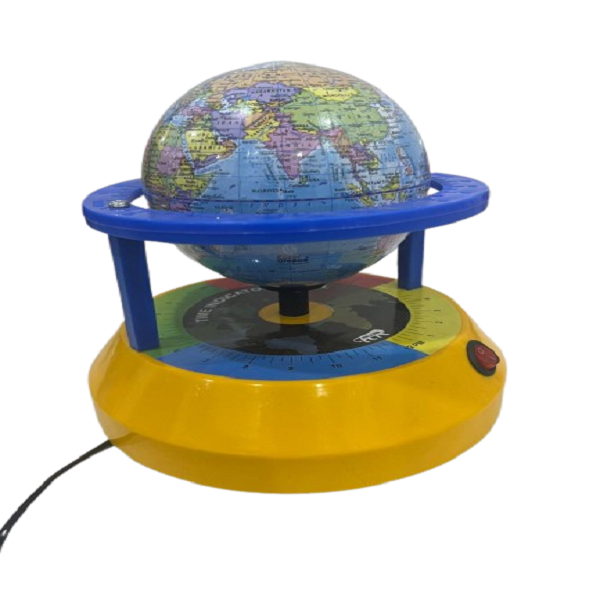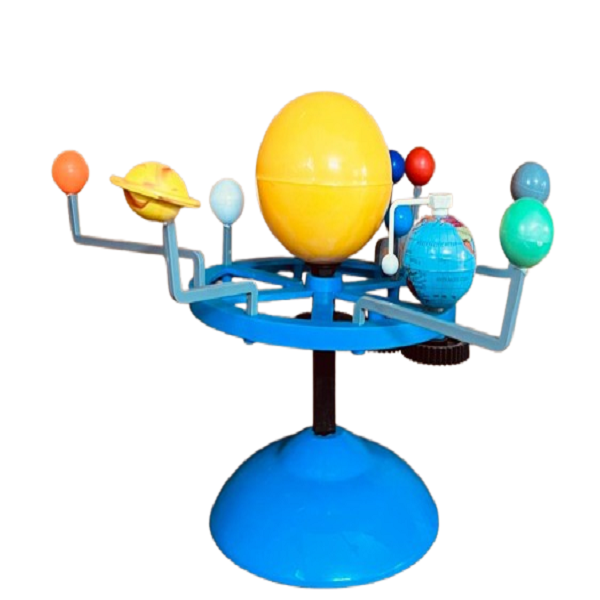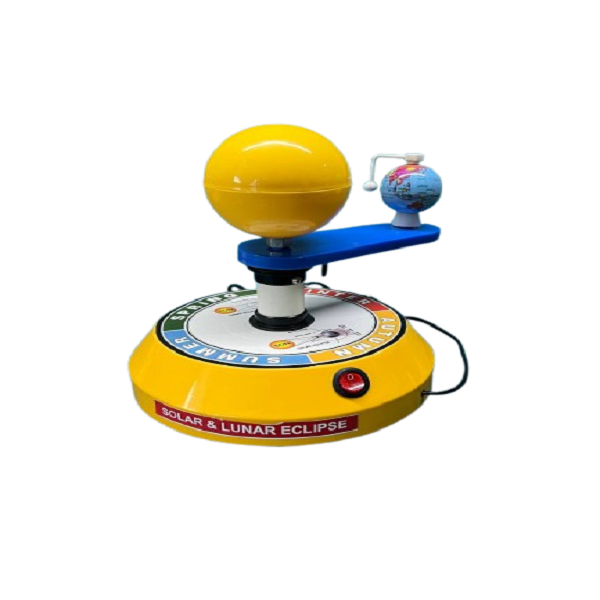The Earth’s structure can be explained by dividing it into layers with different chemical compositions and physical states:
-
CrustThe outermost layer of the Earth, made of solid rock like basalt and granite. There are two types of crust: oceanic and continental.
-
MantleLocated below the crust, this layer is made of hot, dense, iron and magnesium-rich solid rock. The mantle is up to 2,900 km thick.
-
Outer coreThis layer is liquid and made of iron, with small amounts of other elements. It extends from 2,900–5,150 km below the surface.
-
Inner coreThis layer is solid and made of almost pure iron. It extends from 5,150–6,370 km below the surface.
The Earth’s structure can be defined mechanically or chemically. The lithosphere is made up of the crust and the upper part of the mantle, and is broken into tectonic plates. The movement of these plates is caused by variations in heat from the core, and can lead to earthquakes and volcanic eruptions.
You can learn more about the Earth’s structure through activities like making a scale model or a clay model.






There are no reviews yet.